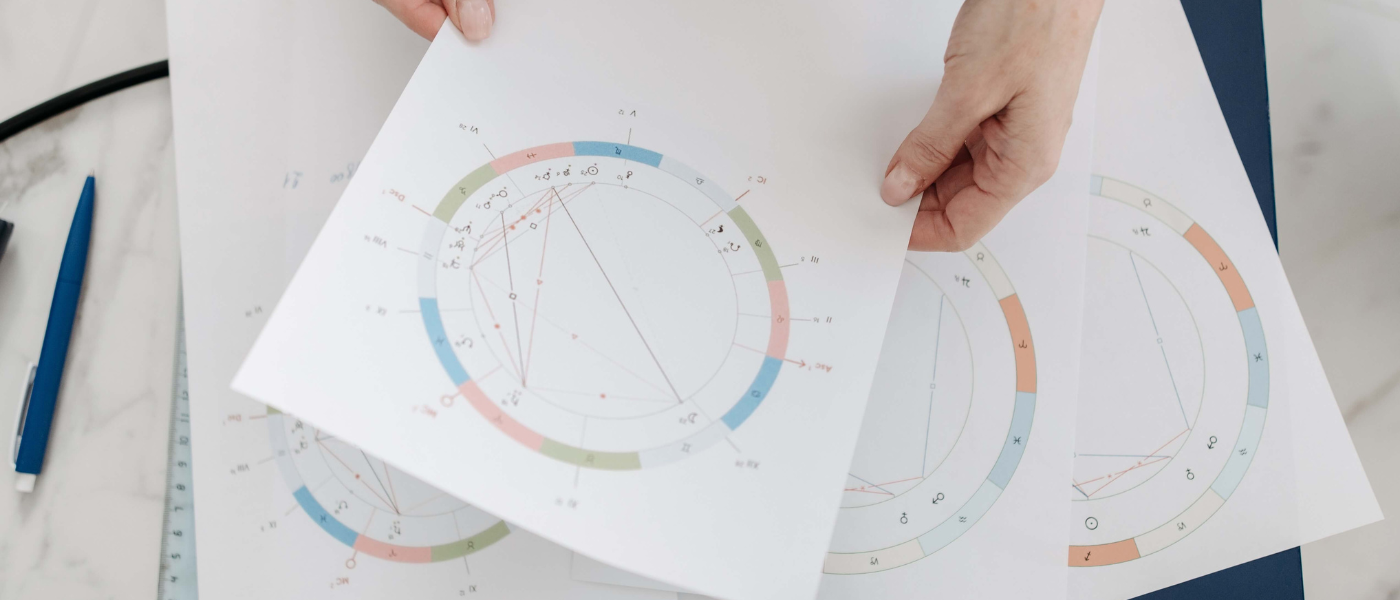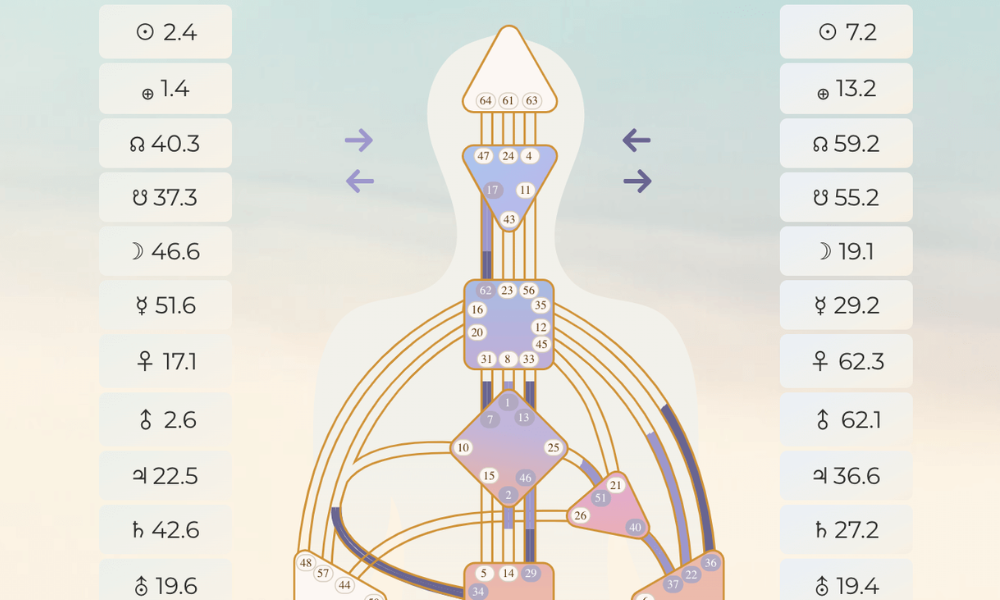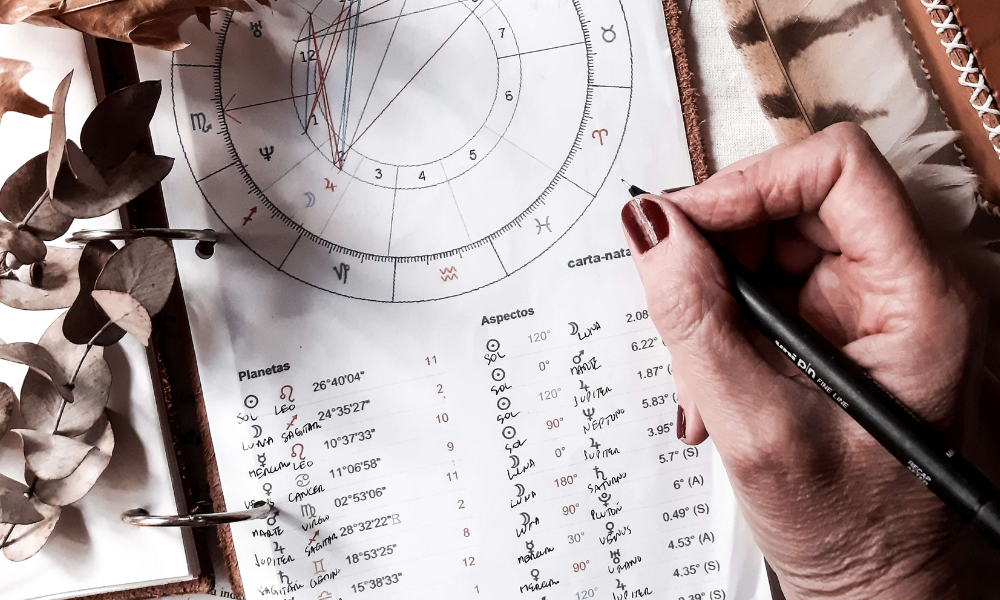Human Design energy types

Human Design offers a unique lens to explore your personality and uncover deep insights about yourself.
Rooted in a blend of astrology, the I Ching, the Kabbalah, and the Chakra system, it provides a framework for understanding your innate traits and how you interact with the world.
At the core of Human Design are the five energy types: Manifestors, Generators, Manifesting Generators, Projectors, and Reflectors. Each type serves as a personal blueprint, influencing your strengths, challenges, and life purpose.
While Human Design can be a transformative tool, it’s important to see it as part of a broader journey of self-discovery.
Other practices like yoga, meditation, and philosophical reflection also contribute to a holistic understanding of who you are. Use your Human Design energy type as a stepping stone to deepen your awareness and uncover your true potential.
Key Takeaways
- Human Design consists of five energy types: Manifestor, Generator, Manifesting Generator, Projector, and Reflector, each with a distinct productivity period, strategy, signature, and not-self theme.
- The Human Design Energy Types can significantly influence a person’s personality traits and tendencies, and each type has unique strengths and weaknesses.
- Human Design is a method for exploring one’s personality and uncovering insights about oneself, which draws from astrology, the I Ching, the Kabbalah, and the Chakra system.
- Human Design can be used as a tool for self-discovery, personal growth, and decision-making. By understanding their Human Design chart, individuals can gain insights into their unique strengths, challenges, and life purpose, and make choices that align with their authentic selves.
How does human design work?
Human Design is a system that combines elements from different spiritual and metaphysical traditions to create a framework for understanding and exploring one’s personality and life path.
The system categorizes individuals into five energy types based on their Human Design, and each type has a distinct strategy for maximizing opportunities and living in alignment with their design.
By understanding their energy type, individuals can identify their strengths, limitations, and life mission and make decisions that are aligned with their unique design.
Human Design is a tool for self-discovery and personal growth that helps individuals navigate their lives and relationships with more awareness and authenticity.
What is the history of Human Design?
Human Design was created more than three decades ago after its founder, Alan Robert Krakower, otherwise known as Ra Uru Hu, endured an intense eight-day encounter with a spiritual “Voice.”
During this experience, he claims the foundational blueprint for the Human Design system was revealed to him.
Human Design principles are derived from various sources, such as Chakras, Western Astrology, Quantum Physics, I Ching, and Kabbalah. These concepts are derived from all over the globe: India, China, Israel, Germany, and Greece.
As we delve deeper into Human Design, we may notice some elements from these existing practices.
Since then, Ra Uru Hu’s students have become educators of the Human Design system around the world, sharing their wisdom and encouraging individuals to experiment with their own designs.
The 5 Personality Types In Human Design
Human Design consists of five energy types: Manifestor, Generator, Manifesting Generator, Projector, and Reflector.
Each energy type is linked to a distinct productivity period, a strategy for maximizing opportunities, a signature that reflects living in alignment with one’s human design, and a not-self theme that highlights how to identify when you are out of sync with your energy type.
Manifestor
Manifestors make up around 9% of the population and are natural initiators.
A Manifestor’s strategy is to inform those around them of their choices and decisions before taking action.
Due to their powerful impact, their closed and repelling aura may cause others to feel off balance and try to control them.
However, when Manifestors share their plans, it puts those around them at ease and removes energetic resistance.
Feeling at peace is the signature indicating they are following their Human Design path.
If they move through life without informing others, they may experience resistance and experience anger; this is the theme of their not-self lifestyle.
Generator
Around 70% of the population are Generators; these people are the life force of the planet. Generators have a defined sacral center and an open, inviting aura that naturally draws life toward them.
The sacral center chakra is situated where the ovaries or testes are and is the energy flow of work, labor, movement, sexuality, and persistence.
A Generator’s strategy is to respond instead of initiate opportunities, but they must follow their excitement.
They will shine if they are doing something fueled with passion, and equally will wilt if they are doing something they don’t like.
Therefore, it’s important for a generator to say no to opportunities that they don’t want.
They will feel satisfied when they are on the right Human Design path and frustrated when they’re not.
Manifesting Generator
Around 34% of the population are Manifesting Generators. They are a fusion of Manifestor and Generator energy, allowing them to excel at multitasking.
Manifesting Generators must embrace the fact that each day will be different from the last; they shouldn’t expect consistent energy.
It’s important to note that their productivity and motivation levels may vary daily but can always be restored through adequate sleep and soulful rest.
A Manifesting Generator’s strategy is to respond, listen to their gut instinct, and determine whether to proceed.
The main difference between this type and a generator is that they have to inform in the same way a Manifestor does, but only after they have responded to the opportunity. It’s essential to follow this sequence.
Manifesting Generators feel content and fulfilled when living according to their design. However, if they take on projects or work they dislike, they will experience frustration and anger.

Projector
A projector’s strategy is to wait for recognition and an invitation; they make up about 20% of the population. They possess a focused and penetrating aura that enables them to see deeply into others.
When acknowledged and invited, Projectors can serve as invaluable guides.
However, their openness makes them susceptible to social conditioning, other people’s energy, and the material world.
These can result in exhaustion and bitterness if they focus their energy on the wrong people or are not fully recognized for who they are.
Projectors must learn to be discerning about where they direct their energy.
They have a natural talent for mastering systems, and when they use their energy how they were designed to, they can achieve success in their life and relationships.
Reflector
Reflectors comprise only 1% of the population and are identified by having defined centers. They possess a resilient aura that samples and reflects energies around them.
Unlike other types, Reflectors have a unique way of processing personal experiences since their biology magnifies everything and everyone around them.
This attribute allows them to perceive what is happening behind the reality most people will see.
Their greatest strength is in their capacity to read others and their surroundings in a crystal clear light.
Reflectors can experience the wonder and surprise of life when healthy and in the right place.
However, if they end up identifying with what they are reflecting, they may become exhausted and disappointed.
How Do the Human Design Energy Types Influence Personality?
Depending on what Human Design Type you are will affect the kind of personality and tendencies you may have.
Manifestors, for example, have an innate ability to initiate and take action independently, making them appear assertive and dominant.
On the other end of the scale, projectors may struggle to take action independently but have an intuitive sense of how to manage people and situations effectively. They also excel at guiding others and making insightful observations.
Generators have a powerful life force and a strong sense of vitality and well-being. They are often naturally skilled at what they do and thrive when they have a clear sense of purpose and direction.
Reflectors are highly sensitive and attuned to their environment. They tend to be introspective and may take longer to make decisions as they seek to align with their unique perspective.
These are just some examples of how the Human Design Energy Types can influence personality. The individual’s unique design and various other factors can also impact their personality, strengths, and weaknesses.
It’s worth noting that while Human Design can provide valuable insights, it is not a definitive guide to understanding oneself or others.
How does a Human Design chart work?
A Human Design chart is similar to Western Astrology, with a graphical representation of an individual’s unique design, based on their birth information (date, time, and place of birth).
It is composed of nine energy centers, which correspond to specific aspects of life, and 64 hexagrams, which represent the various channels and gates of energy flow between these centers.
The chart also has a body graph that shows the individual’s Energy Type, Authority, Profile, and Incarnation Cross, which provide insights into their personality traits, decision-making style, life purpose, and more.

How do I make my Human Design chart?
To create a Human Design chart, an individual’s birth date and information is put into a Human Design software or online calculator, which generates a chart that illustrates their unique design.
The chart can be complex and may require some interpretation to understand fully. There are some websites that do the analysis for you.
But it is always valuable to take your thoughts, feelings, and reflections into account.
Once an individual has their Human Design chart, they can use it as a tool for self-discovery and personal growth.
They can explore the various aspects of their design, gain insights into their strengths and weaknesses, and understand how to align with their unique energy and live the most fulfilling life.
While a Human Design chart can provide valuable insights, it is not a definitive guide to an individual’s life.
You have the power to shape their own life, according to their own choices and free will.
What are the authority types in Human Design?
Authority here refers to the inner decision-making process that aligns us with your true nature and helps you to make choices that are in harmony with your authentic self.
There are eight types of authority in Human Design, each associated with a particular energy center in the human body.
Here is a brief overview of the eight authority types in Human Design:
Emotional Authority
This is the most common authority type and is associated with the Solar Plexus (stress responses, anxiety) energy center.
If you identify with having Emotional authority, you make decisions based on the ebb and flow of your emotions, inviting intuitive knowledge to come to the forefront.
Sacral Authority
This authority type is associated with the Sacral energy center and is unique to Generators and Manifesting Generators.
If you have Sacral authority, you make decisions based on your creativity, imagination, sensuality, and confidence in yourself.
More on the sacral chakra here >>> Affirmations for sacral chakra

Splenic Authority
This authority type is associated with the Spleen energy center. If you have a splenic authority, you make decisions based on your impulsive nature of what is right for you in the moment.
Ego Authority
This authority type is associated with the Ego energy center.
If you have an ego authority, you make decisions based on your own strategy, sense of self-worth and what you believe is best for yourself, without fully acknowledging other means.
Self-Projected Authority
This authority type is associated with the Throat energy center.
If you have a self-projected authority, you make decisions by speaking your truth aloud and listening to how it feels in your physical body.
Mental Authority
This authority type is associated with the Mind energy center. If you have mental authority, you make decisions after they have analyzed and carefully thought-through all available options.
Lunar Authority
This authority type is associated with the Ajna energy center and is unique to Reflectors.
If you have a Lunar authority, you make choices based on the lunar cycle, reviewing the full moon cycle as your turn to think about and make decisions.

Environmental/No Inner Authority
This authority is based on the input from the environment and the people around them.
If you associate with having an Environmental Authority, you must wait to make decisions until they have received input from others and the environment.
Authority type is just one aspect of your Human Design chart and should be considered alongside other factors, such as energy type and strategy.
Understanding your inner authority and type can provide valuable insights into your decision-making process and help you to make choices that align with your authentic nature.
What the Science Says
Human Design is a system that lacks scientific validation, as its theories and claims are not backed by empirical evidence or research.
However, it instead draws on spiritual and esoteric traditions, providing insight and value through the combination of various ancient wisdom.
Human Design is based on practitioners’ and creators’ personal experiences and insights.
Some ideas within Human Design, such as the interconnectedness of all things and the influence of environmental factors on human behavior, may align with scientific concepts.
However, these ideas are not unique to Human Design and may not be based on scientific evidence.

Strengths of Human Design types
If you are wanting to seek further self-knowledge and a greater understanding of your unique strengths, weaknesses, and life purpose, Human Design can be an invaluable resource.
It fosters self-acceptance by emphasizing that you are born with a distinct design that should be respected and celebrated.
In addition, Human Design can assist in decision-making, often being a challenge for many. By comprehending your type and authority, you are able to make better decisions that align with your energy and decrease resistance in your life.
Human Design recognizes the value of rest and self-care for overall well-being, encouraging to prioritize these practices in the mundane of daily life.
Weaknesses of Human Design types
Human Design lacks empirical scientific research to support its validity and effectiveness, making it challenging to evaluate.
Although Human Design types offer some benefits, there is a risk of oversimplifying and reducing individuals to their type, overlooking their unique complexity.
The practice may inadvertently restrict personal agency and limit freedom by prescribing how individuals should live or what they should do.
Like any tool or system, Human Design has the potential to be misused or misinterpreted, leading to confusion or harm for individuals who rely on it excessively, follow it almost like a dogma.
Therefore, any alternative practice, including Human Design, should be approached with mindfulness and awareness.

Conclusion
Human Design is a unique system that provides a comprehensive understanding of your energetic blueprint, offering guidance to live in harmony with your true self.
By exploring your energy type, strategy, and authority, you gain clarity about your unique strengths and challenges.
This understanding empowers you to navigate life with greater confidence and alignment.
While some may initially approach Human Design with skepticism, many have found it to be a transformative tool for self-understanding, self-love, and personal growth.
Whether you’re new to Human Design or a seasoned practitioner, its teachings hold a wealth of insight for those open to self-discovery.
By embracing your Human Design energy type and honoring your unique energetic makeup, you can unlock your true potential and live a more fulfilling, purpose-driven life.




